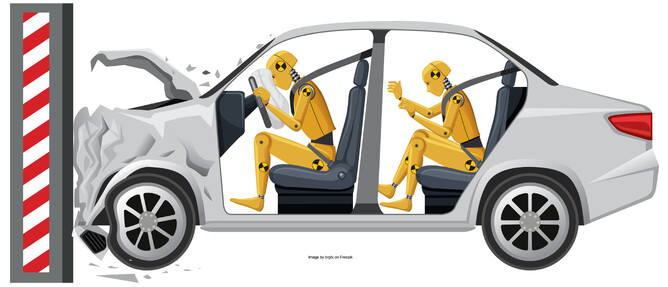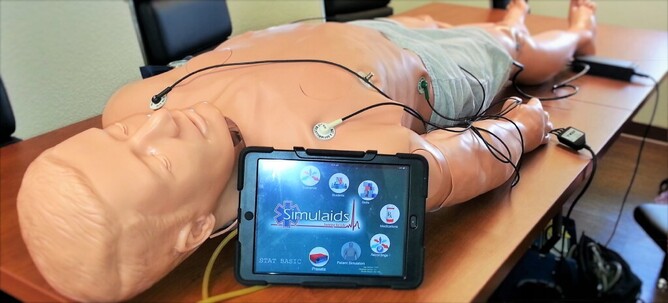Computer simulations and robotics
Did you know that prior to the invention of mannequin crash test dummies in 1949 that live pigs (and human cadavers) were used in testing car crashes? This is a great example of how computers and technologies can be used to replace Animal Testing – the mannequins have internal sensors and videos.
Human Patient Simulators that breathe, bleed, convulse, talk and even ‘die’ have been shown to teach students physiology and pharmacology better than cutting up animals. The most high-tech simulators mimic illnesses and injuries and give the appropriate biological response to medical interventions and medication injections.
All medical schools across USA, Canada and India have completely replaced the use of animal laboratories in medical training with simulators as well as virtual reality systems, computer simulators and supervised clinical experience.
More information here: https://www.healthysimulation.com/human-patient-simulator/ or here: https://www.technologynetworks.com/informatics/blog/patient-simulators-from-cpr-dummies-to-mixed-reality-high-fidelity-robots-352129.
Trauma Man – provides more advanced medical training as it replicates a breathing, bleeding human torso and has realistic layers of skin and tissue, ribs and internal organs and are widely used to teach emergency surgical procedures.
Although computer models have been constructed to model human metabolism, study plaque build-up and cardiovascular risk and evaluate toxicity of drugs, this is an area of ‘replacement technology’ that is developing. As computers become more powerful, more possibilities arise.
Computer models predicting the risk of side effects from heart drugs more accurately than animal models - https://www.biotechniques.com/drug-discovery-development/animal-testing-outperformed-by-computer-models/
Arguments against:
1. Simulations use data from prior animal experiments and cell cultures often require animal derived products such as serum or cells.
2. Cannot replace animals completely as they are unlikely to ever provide enough information about the complex interactions of living systems (eg brain interactions).
3. May not be able to get the correct dosages (and therefore toxicity correct).
Arguments for:
1. No damage to animals (estimated tens of millions are affected globally annually)
2. Increased profitability for companies (could get to the stage where instead of writing off 90% of R&D, you could write off 50% (and enable the industry to test many more potential drugs.
3. Starting to understand that animals are quite physiologically different to humans, and that drug testing in animals might not be effective in humans.
However, looking at the ability of computers to analyse large data sets, to use old samples, to use mannequins and other artificially created things (read the next blog on organs on a chip), this is clearly a big advancement which protects animals from being tested on.



